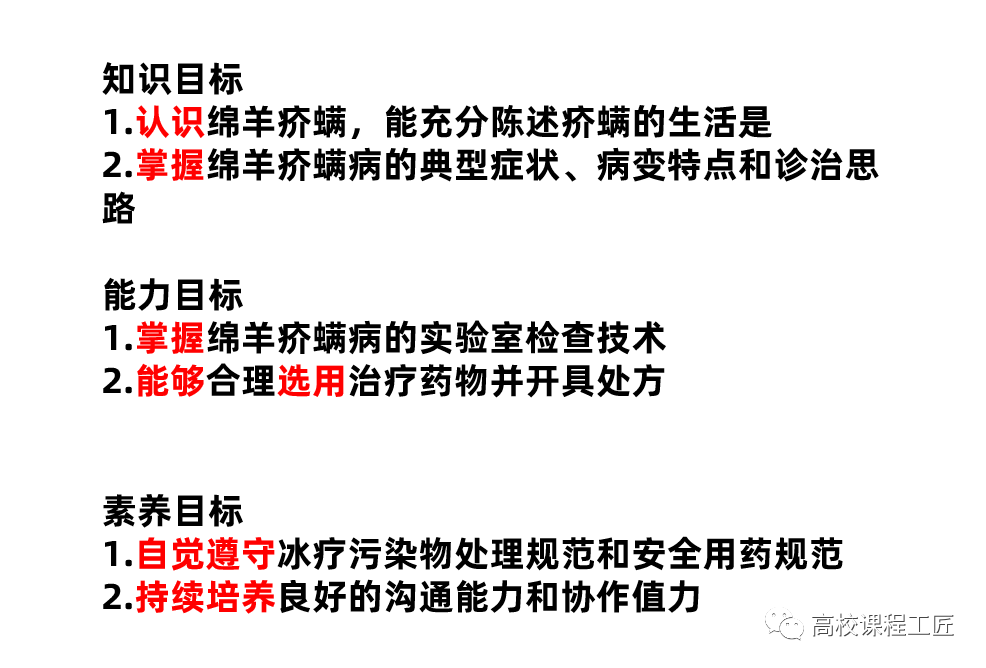Every aspect of teaching design.
In order to do a good job in teaching design, teachers must first set teaching goals and determine important difficulties while fully understanding the teaching materials and students, and then start to design appropriate teaching methods according to the teaching goals, design the teaching process, choose the available teaching media, design a concise and easy-to-read board book, and finallyConduct teaching evaluation, reflect on design, etc. Below we will talk about how to do it for these details.
1. Textbook analysis of this link
This is very simple, you can synthesize other similar textbooks and adjust the syllabus. Generally, when participating in the competition, select part of the content from the textbook. There is not much to talk about in this link, the teachers can understand it.
2. Academic analysis of this link
Academic analysis needs to be thought ofMade ofWell, it must really be in contact with students and written based on usual observations and data research. We can start from the aspects of students' age characteristics, knowledge reserves, skills, learning methods, and emotional attitudes. From the perspective of participating in the teaching ability competition, this link must be real and specific, not big and empty.
3. The link of target analysis
In this aspect of teaching goals, the teacher is also easy to be long-winded and vague when writing. How to avoid it?
(1) It must be written from the three aspects of knowledge, skills, and qualities (or emotions).;
(2) Pay attention to the dynamic guest structure + important teaching difficulties;
(3) Use a similar ranking method to organize the language;
(4) After you finish writing, you must see if the teaching goal can be completed and detected by certain means.
One thing to remind is that it is also a problem that Xiaobian often encounters. When writing specific goals, how to use behavioral verbs is really very particular. Let's look at the following example:

–Target writing method 1–

–Target writing method 2–
”Knowledge goals" all use behavioral verbs. These behavioral verbs must be specific, measurable, and evaluable, such as “mastering, understanding, and knowing.”
There will definitely be verbs in ”ability goals", but there is a qualifiers in front of them. According to the writing methods that Xiaobian has seen in the past few years, it is probably possible to summarize these kinds of “able/able+verbs".+**********” “ Learn *******” “Proficient*****”.
There are many ways to write “literacy goals”, such as “cultivate/improve/enhance *****”, “consciously abide by *****”, “arouse students through ****”, “possess ******”.
Everyone should pay attention to the different target levels and the different use of verbs. We must choose carefully and not confuse them. This is also a difficult point in writing teaching design, and it can also reflect the skills of a designer.
As long as you write according to what Xiaobian said, the grade of the entire teaching design will be improved by a full frame.
4. The design of teaching media
In this link, every time the teacher feels that there is nothing to write, or that he is writing some older tools.
To be in line with the teaching ability competition, the information-based teaching platform must be written. PPT is the most basic teaching resource, and it must also be written. Others can be written according to the characteristics of the subject, such as experimental courses, some virtual simulation software or VR glasses. If it is for young children, you can use some game tools, animations and other resources.
Among them, the teacher needs to be reminded: PPT slides are best used when solving the difficulties in this lesson and teaching key knowledge. You don't need 40-50 pages, just show some pictures or animations, etc., in order to reduce the difficulty of students' learning.
5. Teaching process design link
This is the most important link and the core part of the entire teaching design.
A good course needs to pay attention to these points:
(1) Design the import link.
The content of this lesson is unfamiliar to students, so it is necessary to use some learned or similar examples in life to slowly introduce it. This link can play a role in “concentration, interest, and problem-solving”. The teacher can take a look at the article posted by Xiaobian before.
(2) Pay attention to the allocation of time.
For example, it takes a few minutes to import, a few minutes to test, and how long it takes for difficult tasks. Effective time allocation can better show the teacher's skills.
(3) Change the center of the classroom
Students should be the center, not the teacher, and the details of the activities of teachers and students should be distinguished. The teacher only guides and answers, and the student is the promoter of the classroom. The details inside, Xiaobian will not describe them one by one, pay attention to them until now.
6. Board book design link
This link can reflect the teacher's writing skills and highlight the important difficulties of teaching content. The teachers must have a deep understanding of this link, and there will be no more explanations here.
7. The link of teaching evaluation and reflection
This is an essential part of teaching design. The purpose of writing teaching evaluation and reflection is to promote the professional growth of teachers. The specific content is mainly to evaluate the implementation effect of one's own teaching design; to modify, supplement, and improve one's own teaching design in a timely manner; to write out teaching feelings, experiences, experiences, and so on. For example, what is the most prominent highlight of the teaching design in this section? Where are the problems and sticking points? and many more. When writing teaching evaluation and reflection, attention should be paid to: be concise, record in a timely manner, and not empty.


Leave a Reply